Cars
1258-HP McLaren W1 Is The Company’s Most Powerful Road Car Ever
Feast your eyes on the McLaren W1, the successor to two of the greatest supercars ever made, the iconic McLaren F1 and hybrid McLaren P1. Needless to say, the highly anticipated W1 has some pretty big shoes to fill, to say the least. But based on what we’ve read so far, it sounds like they’ve definitely got another hit on their hands.
At the heart of W1 is an all-new High-Performance Hybrid powertrain, comprising McLaren’s all-new MHP-8 V8 combustion engine, an all-new E-module (integrating a radial flux electric motor and motor control unit), and an 8-speed transmission with E-reverse. Power and torque are to the rear wheels only, through an E-differential.
The 916 horsepower and 664 lb-ft of torque of the new V8 and the 342 hp and 324 lb-ft of the E-module combine to produce a whopping 1,258 horsepower and 988 lb-ft of torque, giving W1 the highest-ever power output of any McLaren and putting it above all core competitors.
Engineered for epic power delivery and breathtaking performance, the powertrain combines with a vehicle weight of 3,084 lbs to deliver astonishing performance, with a 0-60 mph time of 2.7 seconds, 0-186 mph in under 12.7 seconds, and an electronically limited top speed of 217 mph – same as the McLaren P1.
Visually, the new McLaren W1’s striking design is defined by aerodynamic requirements, with engineers focused on combining high downforce and low drag that ground-effect innovations provide to the foundations for the new Ultimate McLaren’s extraordinary abilities.
The aerodynamic platform of W1 is the most advanced ever in a McLaren road car, the result of 350 hours in the wind tunnel sessions with 5000 points tested. The concept begins with the Aerocell monocoque, which is shaped to facilitate full ground effect aerodynamics. Featuring integrated seating (saving almost 70mm in wheelbase requirement) and raised footwells with an adjustable pedal box and steering to ensure the optimum driving position, the Aerocell is unique to the W1, which also features the highest number of aerodynamic and active surface areas of any McLaren.
The Aerocell also incorporates fixings for McLaren’s first-ever Anhedral doors. The decision to adopt this door concept was dictated by aerodynamic requirements demanding a door design that is hinged only from the roof. In conjunction with the reduced-size side window drop glass, the McLaren Anhedral Door allows optimization of airflow from the front wheel arches into high temp radiators, providing extra cooling space to allow the size of the radiators required to cool the powertrain to be reduced, optimizing packaging and saving weight. The fact that the door shape is reminiscent of the bodyside of the McLaren MCL38 Formula 1 car is also a neat visual signature.
The W1 builds on the Formula 1-inspired aerodynamic innovation that first distinguished the McLaren P1TM from its competition and has been honed in subsequent McLaren cars. The attention to aerodynamic requirements in W1 even extends to the powertrain, which is inclined by 3 degrees to accommodate the car’s high-downforce rear diffuser.
The key to W1’s duality of dynamic character – offering a sublime driving experience on road and track alike – is McLaren Race mode. When deployed, this engages shape-shifting aero technologies to enable world-best, radical ‘road to track’ character transformation. Uniquely in W1, much of the downforce is achieved using all of the underbody for ground effect, with this maximized when Race mode is selected.
The lowering of ride height – by 37mm at the front and 17mm at the rear – and deployment of active front and rear wings is not just theatre: in Race mode W1 is capable of generating up to 772lbs of downforce at the front and 1,433lbs at the rear, giving total downforce of up to 2,205lbs in high-speed corners.
The active front and rear wings and a roof-mounted air flow diverter W1 are among the most advanced aerodynamic features ever in a road-legal McLaren. The revolutionary McLaren Active Long Tail rear wing – arguably visually the single most dramatic element of the new W1 – is absolutely integral to the aerodynamic performance of the car. McLaren’s first association with a ‘longtail’ name dates back to the 1997 F1 GTR, but in the case of this new Active Long Tail wing it is an essential part of the strategy for management of drag, lift and downforce.
Actuated by four E-motors and moving up, down, and – depending on whether the W1 is in Road mode or Race mode – also 300mm rearwards and adjusting in pitch, the McLaren Active Long Tail extends the working area of the rear diffuser in Race mode and is key to the generation of downforce. It also operates in DRS and airbrake configurations as required to help optimize aerodynamic balance.
The front wing is actuated by two E-motors and swings through an arc to create a full-width lower frontal area, feeding air under the car in Race mode via a Formula 1-style T-tray and keel. The two wings work in conjunction with each other and other elements of the design to allow fast and accurate management of aerodynamic requirements.
For road driving the Active Long Tail wing sits over the rear bodywork and front and rear wing deployment is optimized for this environment, with the front wing sitting higher at low speeds to avoid damage from speed bumps. W1’s vehicle lift system further reduces this risk.
The design of the front suspension also contributes to aerodynamic efficiency, with the lower wishbones of the pushrod and inboard damper system raised significantly to keep the channel of air flowing cleanly towards the rear of the car. Other components have an optimized aerodynamic profile to further assist. Conditioning airflow at the rear of the car is less of a priority since the diffuser manages this function, meaning outboard springs and dampers are the optimum solution.
McLaren’s philosophy of lightweight engineering and the extensive use of bespoke carbon fiber structures deliver a vehicle lightest dry weight of just 3084 pounds for W1, which is key to the requirement for outstanding performance, everywhere – whether on road or on track.
The all-new McLaren Race Active Chassis Control III suspension with McLaren Race mode ensures huge breadth of capability, from road-legal compliance to fastest lap performance and pure driver connection.
The Comfort handling setting gives the occupants a smooth ride quality with increased body control at medium and high speeds, while Sport provides a more engaging, connected setup with focus on body control and agility at all speeds. When Race mode is selected a stable aerodynamic platform is prioritized, with an active heave element deployed for superior track dynamics and consistent downforce.
W1’s suspension system works in combination with the front and rear active aero features integrated into a unique underfloor design delivering ground affect aerodynamics. This allows the required levels of load and grip to deploy the torque through the driven axle, mitigating the need for all-wheel-drive and therefore the additional weight required on the front axle. The ability to manage such a high level of torque on rear axle only is a key enabler to preserve McLaren’s Hydraulic Performance Steering feedback and feel on the front axle.
Continuing the Formula 1 influence, the front suspension setup also includes titanium torsion bars and an active heave element crosslink, while the rear has a Z-bar with active droplinks to control heave. In the relentless pursuit of light weight, 3D printing was used for the front uprights and wishbones of the advanced suspension system.
Braking on W1 is a further advance on McLaren’s renowned high-performance hydraulic system, enhanced to meet the differing demands of flawless road and track response and feel while delivering Ultimate stopping power. W1 will come to a standstill from 62mph in 95 feet and from 124mph in just 328 feet.
Helping to keep all that power connected to the road, the W1 comes standard with Pirelli P Zero Trofeo RS tires measuring 265/35 up front and 335/30 in the rear. McLaren also offers P Zero R tires for regular road use and Pirelli P Zero Winter 2 tires.
While I’ve never been a huge fan of the spartan McLaren interiors, the two-seat cockpit has an 8.0-inch touchscreen with Apple CarPlay and Android Auto compatibility, as well as USB-A and USB-C connections. The seats are fixed in their position, but the driver can adjust the location of the pedals for comfort. Lightweight upholstery called InnoKnit covers most of the interior surfaces and comes in several colors and textures.
McLaren says the 4.1 cubic-feet luggage shelf behind the seats can accommodate two weekend bags or two racing helmets, so hopefully W1 owners are light packers. Then again, if they can afford a W1, they can afford to have their clothes shipped to wherever they’re going!
The McLaren W1 is the fastest lapping and fastest accelerating road-legal McLaren ever, even besting the super-lightweight and track-focused McLaren Senna by an astonishing 3 seconds a lap at McLaren’s Nardo reference circuit. Hugely impressive in isolation, these two parameters are even more incredible when you consider that you need both high downforce and very low drag to achieve them.
Needless to say, McLaren engineers really did their homework here, delivering a world-class performer that will be hard to beat. While I’m not sold on the styling of the W1 just yet, it seems like most of the decisions made were functional ones, which I can respect.
If you want to get your hands on a McLaren W1, it’ll set you back a cool $2.1 million. Only 399 examples will be produced, and as you’d expect, all of them have already been spoken for.
What do you think of the McLaren W1?

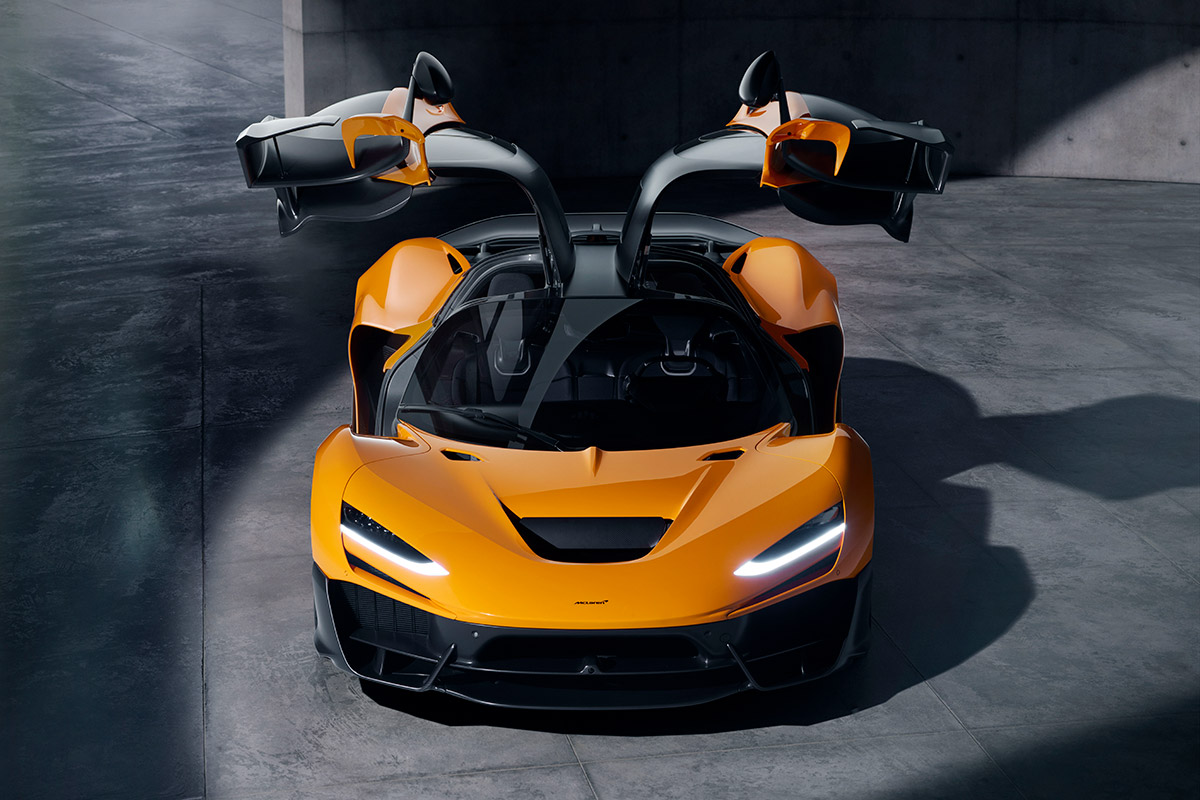
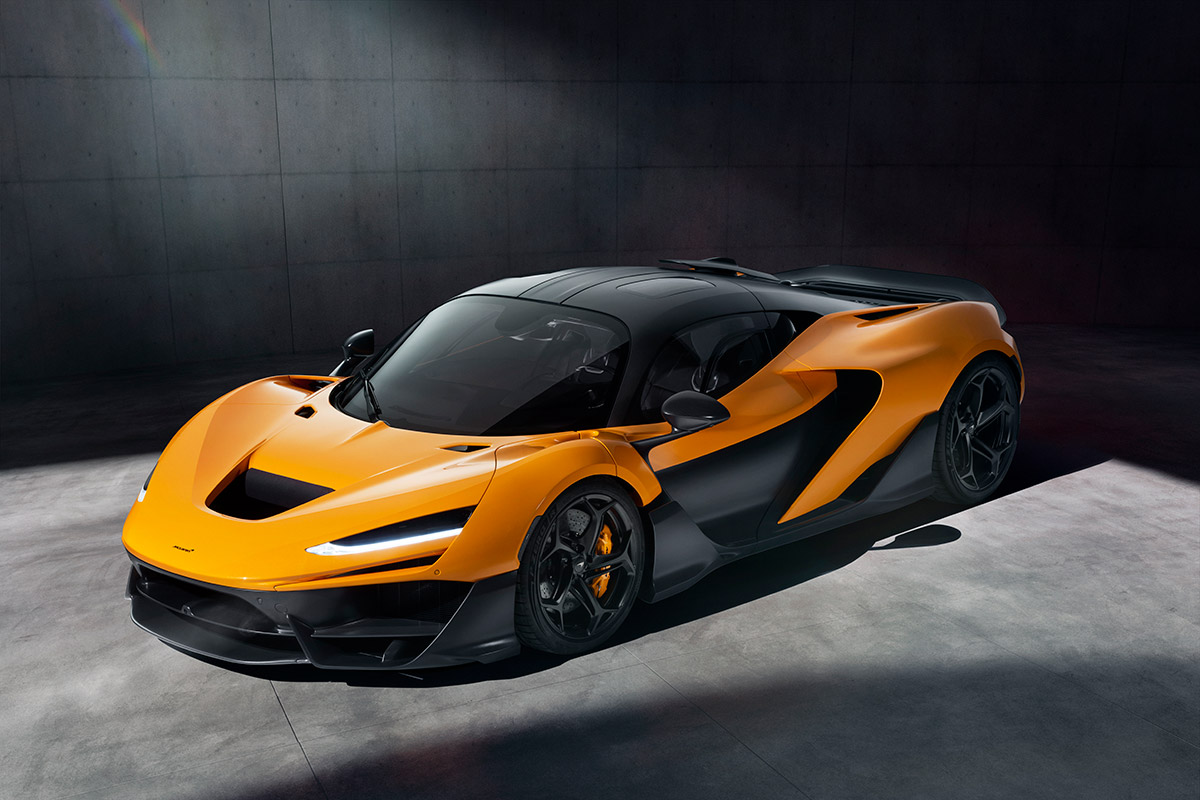
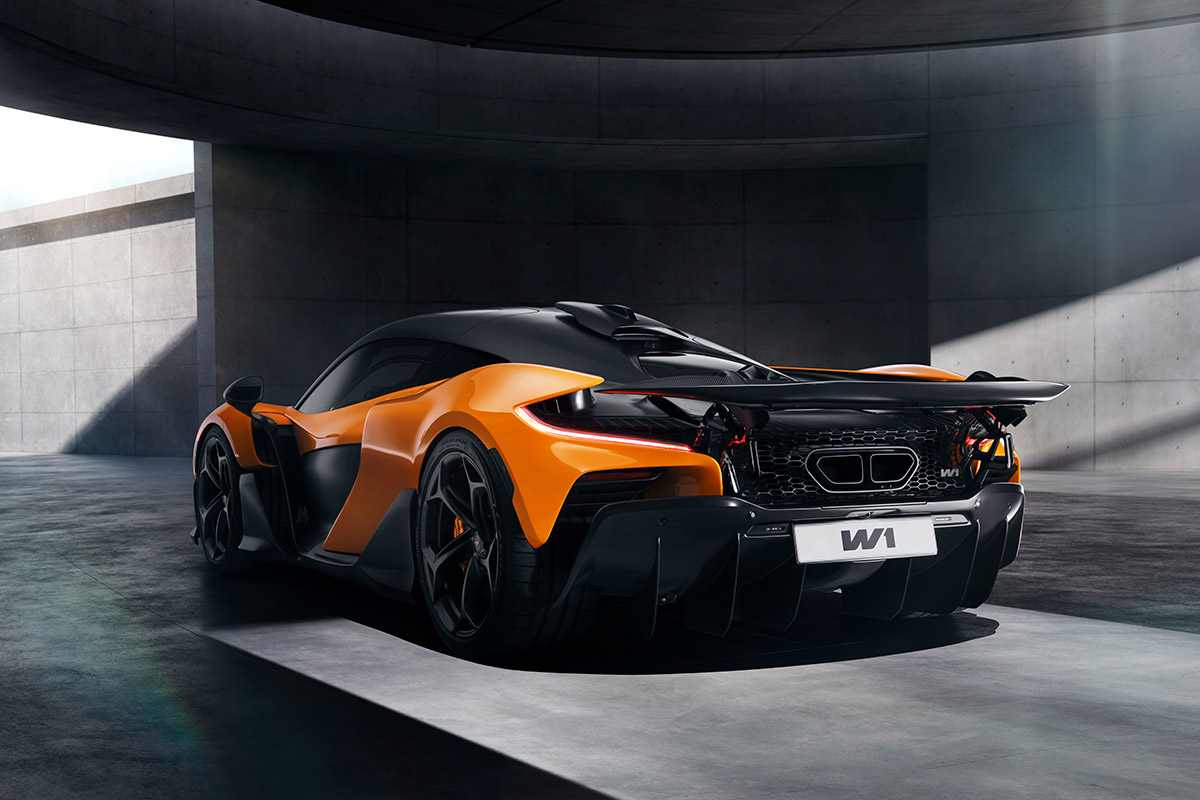
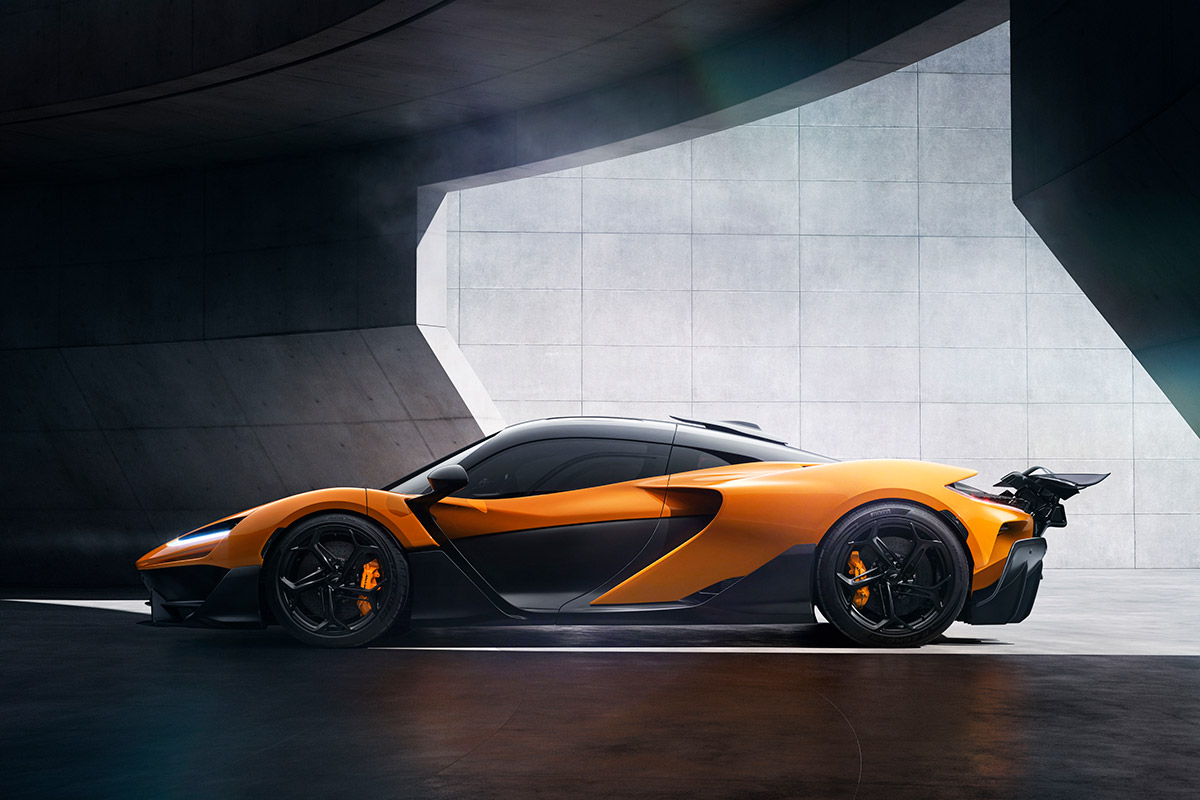
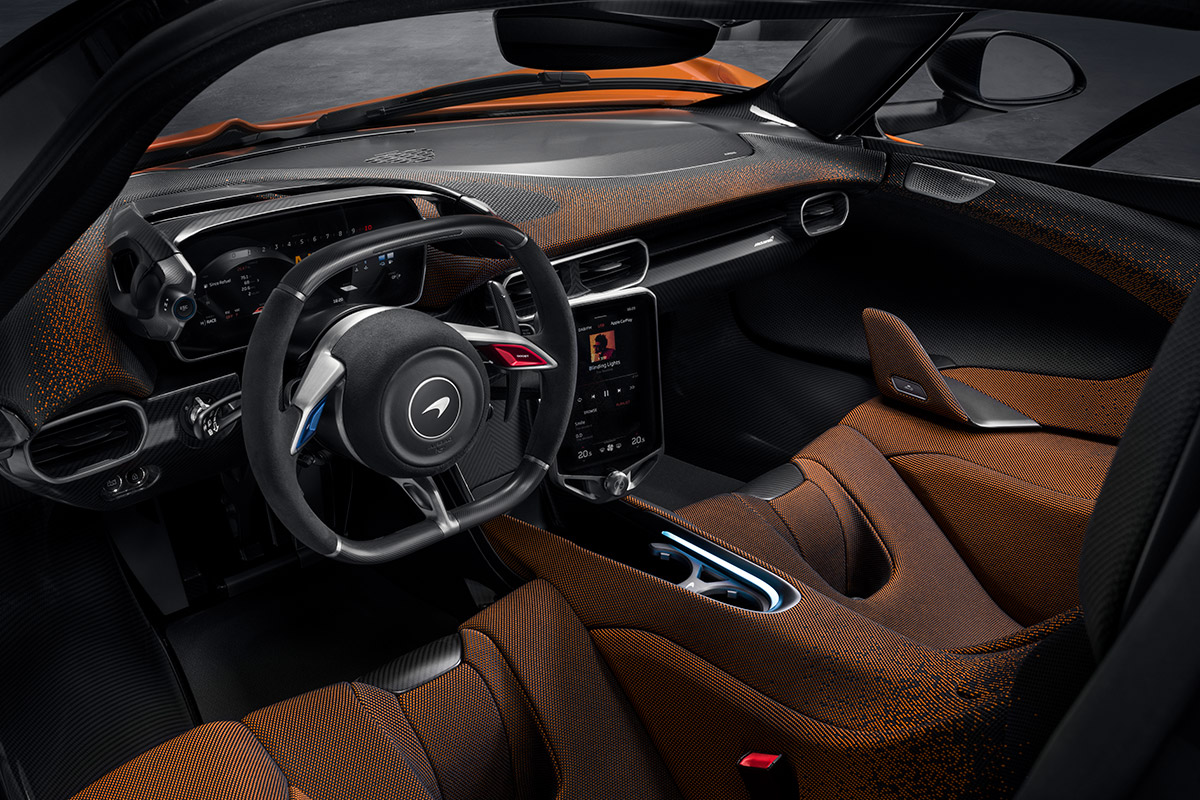
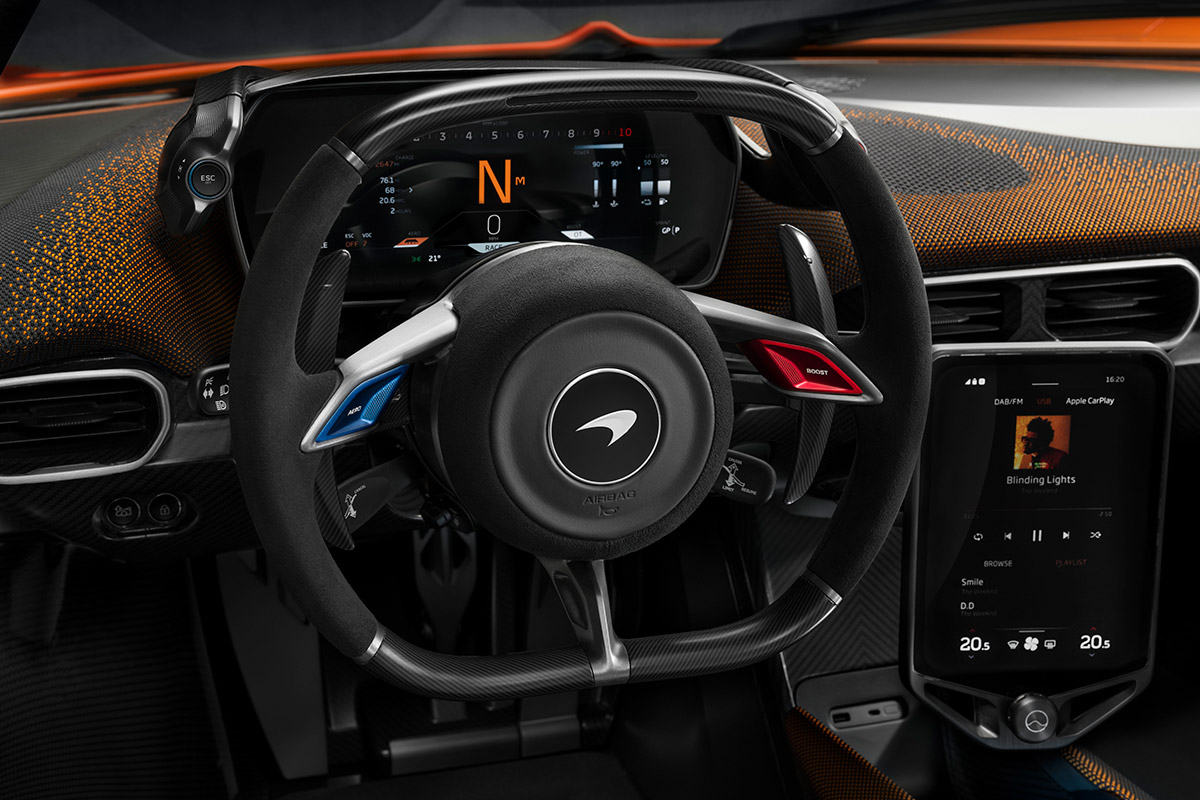
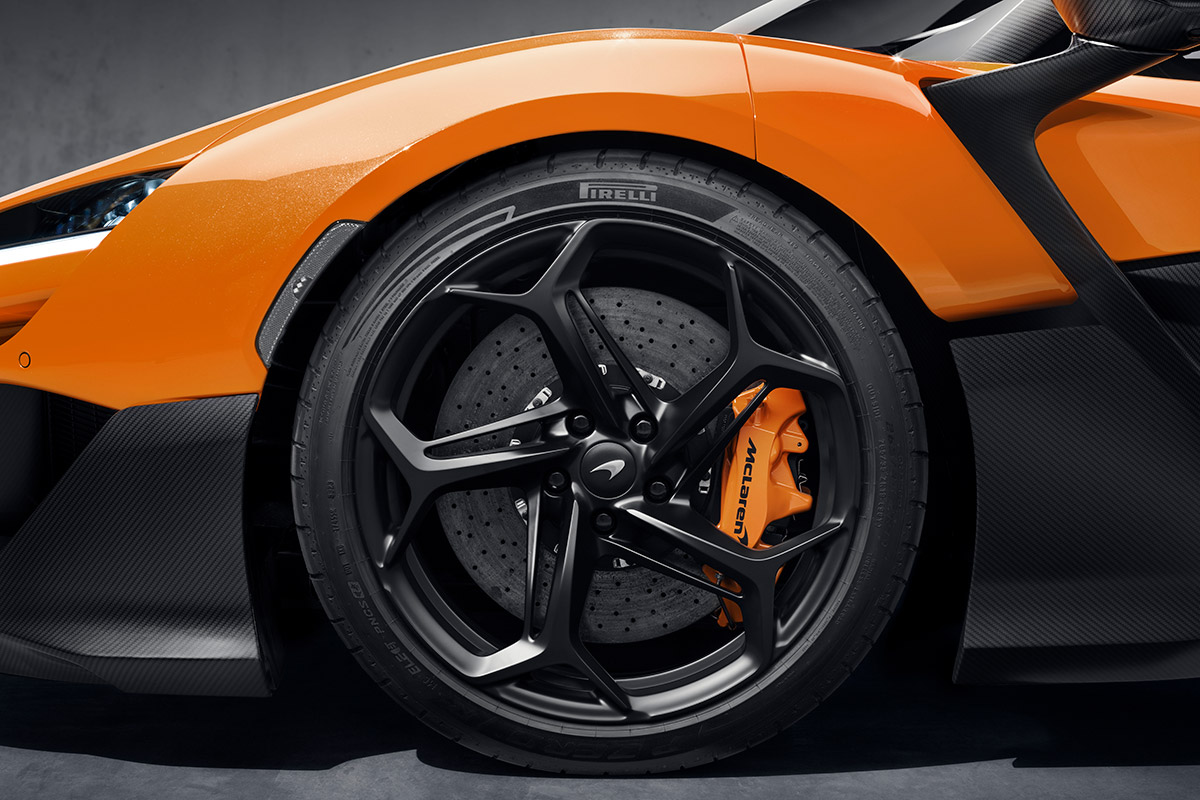
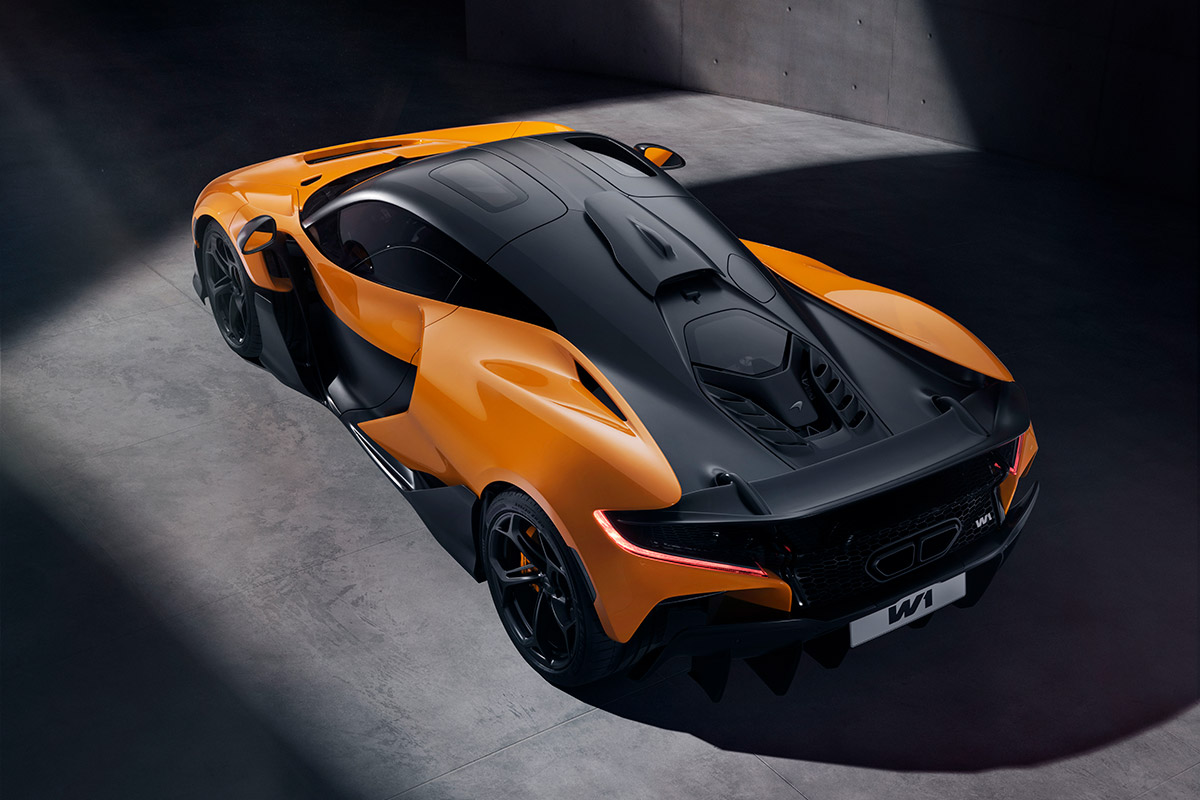
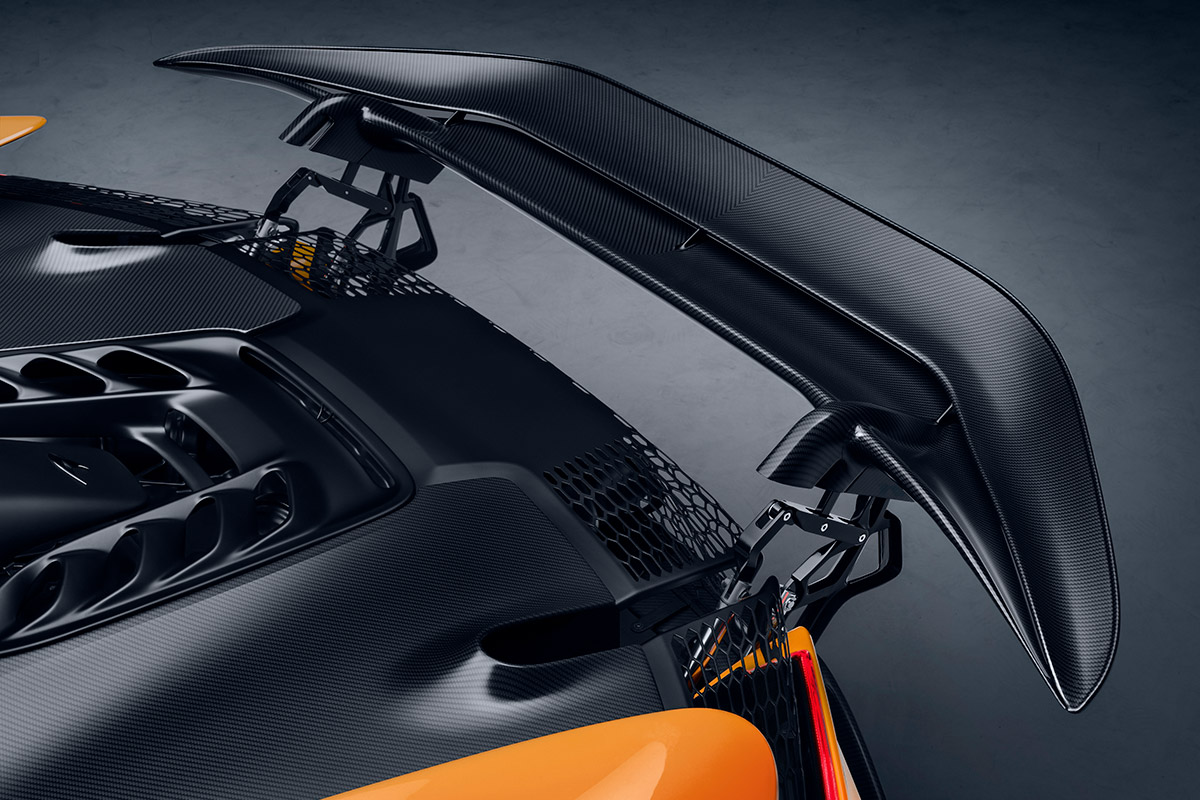
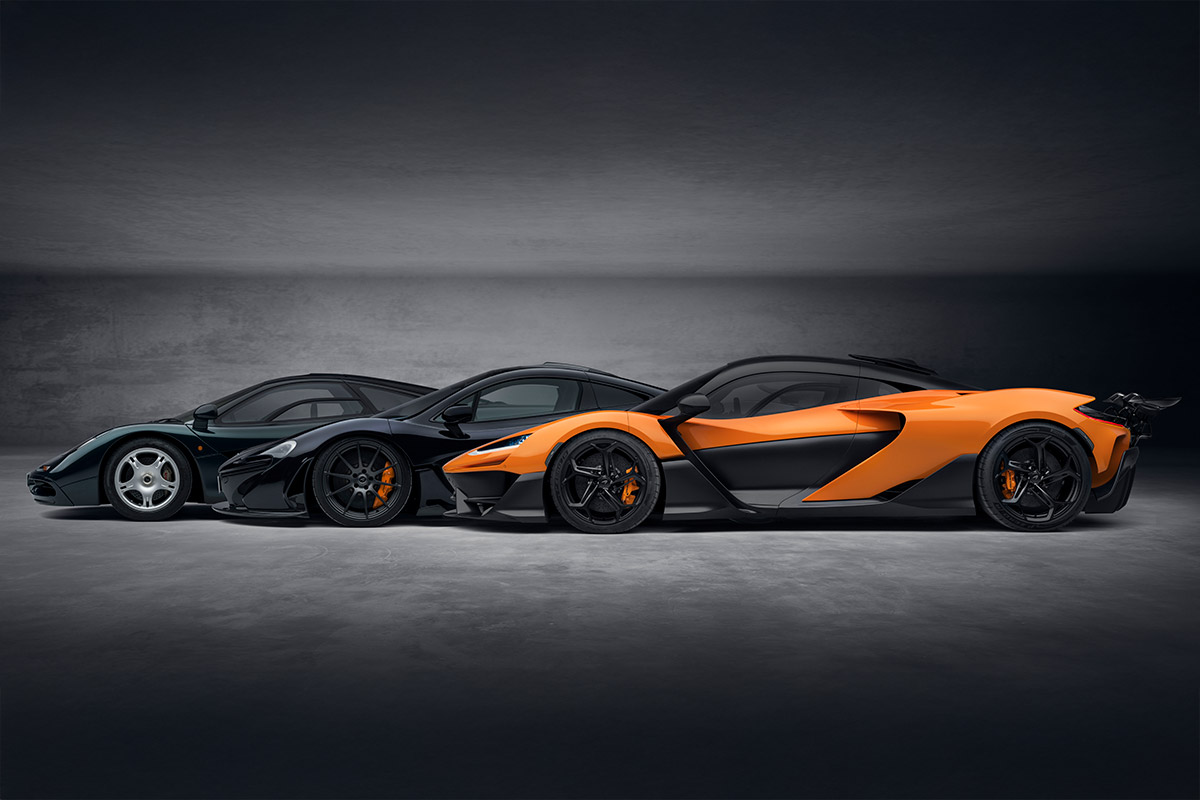
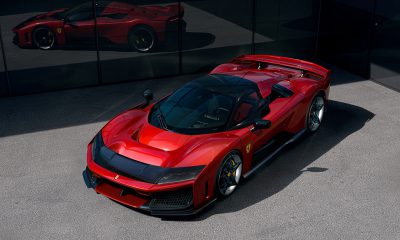

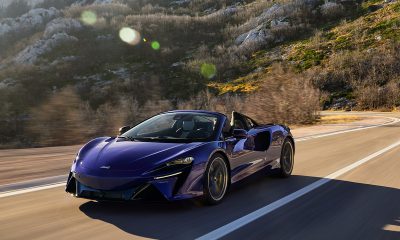

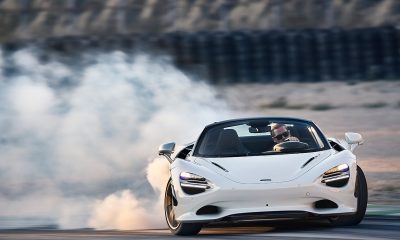

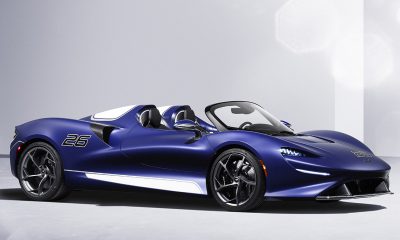

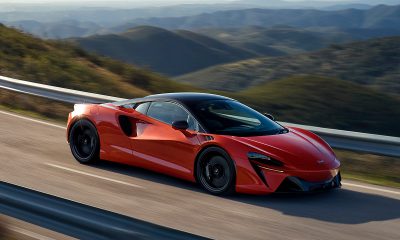
















Recent Comments